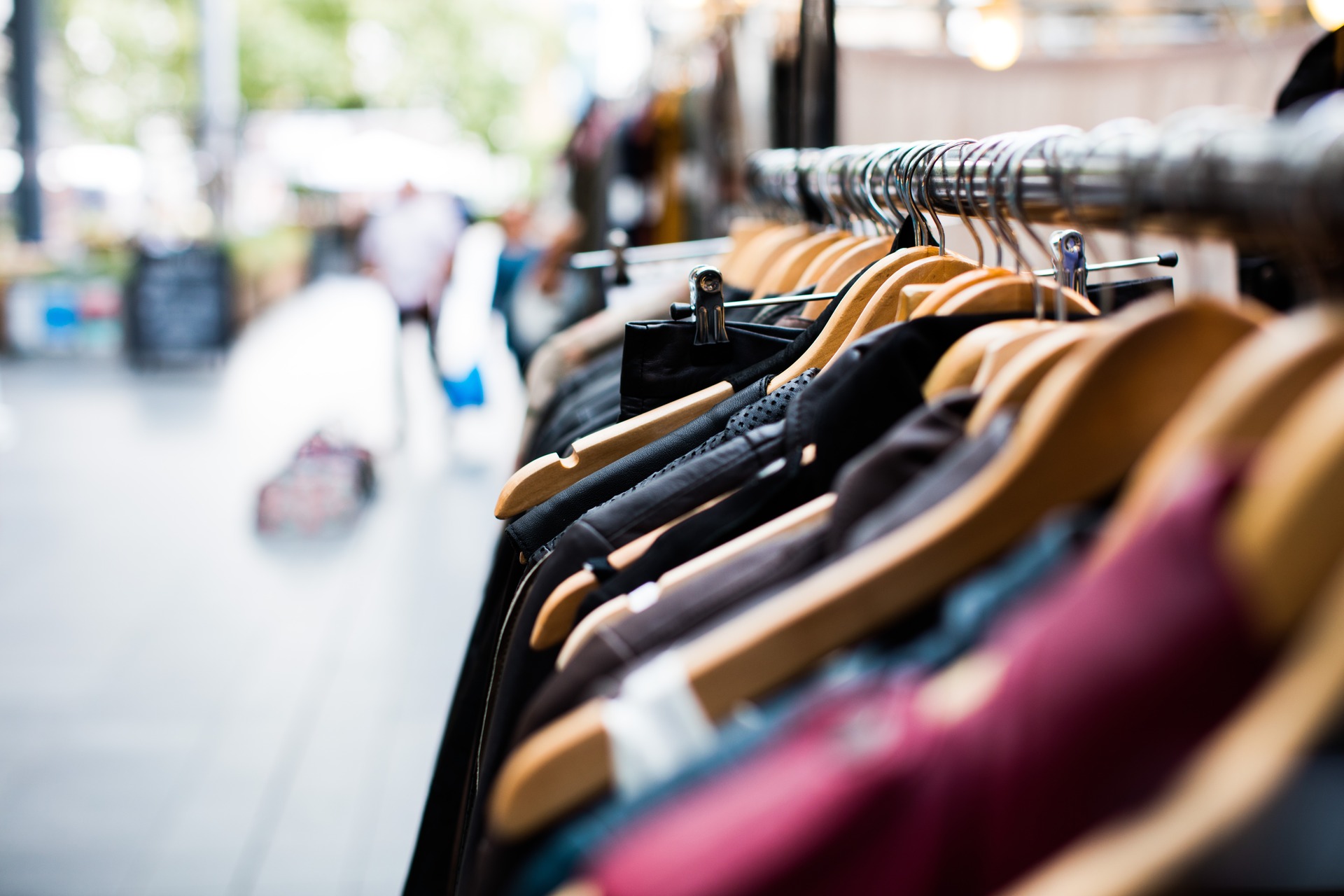Style • 05/02/2023
5 Shocking Truths of the Fashion Industry Environmental Impact

Revivalist is a reader-supported endeavor and our posts may contain affiliate links. When you buy through links on our site, we may earn an affiliate commission.
Fashion is an important part of the global economy, shaping our culture and contributing to future trends. In recent decades, its experienced significant growth — and in return, the fashion industry environmental impact has grown exponentially.
While modern textiles are everywhere, most aren’t sustainable. The fashion industry environmental impact ranges from physical surpluses and overflowing landfills to serious carbon emissions that lead to climate change. Learn more about the environmental issues with fast fashion and how the industry can become more eco-friendly.
5 Elements of Fashion Industry Environmental Impact
Several aspects of the fashion industry negatively affect the environment through pollution and waste.
1. Plastic Waste
One of the first downsides of the modern textile industry is simply how much plastic it produces. Polyester, a synthetic fiber made of petroleum, is now the most popular material used to make clothing — beating cotton, which previously dominated the industry for centuries.
Unfortunately, its popularity doesn’t equal sustainability. Polyester in the textile industry uses up over 70 million barrels of oil each year. Since plastics aren’t biodegradable, they add up quickly. Manufacturers mass-produce clothes that aren’t sold, which ends up wasting resources, taking up space and filling landfills.
3. Overflowing Landfills
In today’s fast fashion industry, clothes are cheaper than ever — which means people are more likely to throw them out after just a few uses in favor of buying more, only to continue the cycle. A lot of clothes are manufactured, but few are recycled. In fact, 87% of fiber used in clothing ends up in landfills or incinerated.
This relentless cycle leads to landfills overflowing with discarded clothing, primarily made of synthetic fibers that won’t be recycled or naturally reenter the ecosystem. In many cases, the pollution won’t just stay within the confines of the landfill — it can leak into the rest of the environment.
3. Microplastics Pollution
If landfills include all of the trash and debris we can see clearly, microplastics are the garbage we can’t. When plastic products like synthetic textiles are thrown out, they break down into tiny fragments, known as microplastics. These minuscule materials are small but troublesome.
Their small size means they get everywhere — from the ocean to the Arctic, the natural animal food chain to our human food supply. Oceans are particularly vulnerable to microplastic pollution, and studies show that around 35% of microplastics currently in the water can be traced back to textiles. The fashion industry environmental impact goes beyond the clothes we can clearly see before us.
4. Water Overconsumption
Microplastic pollution isn’t the only way the fashion industry is affecting the global water supply. While synthetic textile materials produce plastic waste, traditional fibers like cotton are also unsustainable. Cotton and other natural materials need massive amounts of water to grow. Making one t-shirt requires the equivalent of 900 days of drinking water for one person — it’s no wonder fashion is the second most water-consuming industry in the world.
Additionally, the chemicals used to dye fabrics are often toxic, leaking into the water supply and causing further pollution. With water scarcity already a serious issue in many parts of the world, fast fashion using up even more for throwaway clothes is detrimental to water-scarce communities.
5. Carbon Emissions
Enormous carbon emissions make the fashion industry one of the largest contributors to climate change around the globe. The accumulation of greenhouse gases like carbon dioxide warms the planet and prevents the atmosphere from regulating itself, leading to a ripple effect of other natural disasters.
Fashion is currently responsible for at least 10% of global carbon dioxide output and the industry, along with its emissions, is poised to grow rapidly in the coming years if nothing changes.
Sustainable Alternatives to Fast Fashion
The fashion industry’s overconsumption of natural resources and pollution haven’t gone unnoticed. Fortunately, many brands and consumers are more aware of the challenges and are actively seeking more sustainable alternatives.
Check out these suggestions to cultivate more eco-friendly habits and support environmentally-conscious brands.
Shop Brands Committed to Sustainability
Major fashion brands set the trends and fast fashion companies replicate them, using mass production to create cheap items to sell to consumers. Brands at all levels must take a close look at their manufacturing processes to support slow fashion and act more sustainably.
When you support more eco-conscious companies, you tell business leaders where your priorities are. For example, Patagonia is a famously green company that is moving towards using 100% recycled and renewable materials. Sustainable companies also frequently support ethical trade and manufacturing, such as fair wages and safe labor standards. You’ll feel better about supporting them and encourage more brands to adopt better habits.
Go Thrifting
So many good-quality and valuable clothes are made and thrown out each day. While most end up in landfills or incinerators, many items find their way to thrift shops and other secondhand stores, often at even lower prices. Shopping at these stores allows you to find what you need without supporting the rapid consumption of fast fashion.
Buy Less
One of the easiest ways to support more sustainable fashion is to simply buy less. Overconsumption is a primary driver of the industry’s current tendencies toward waste and pollution. If consumers stop throwing out clothes after just a few wears and instead begin keeping them for several years, demand for new items will decrease.
Focus on buying fewer clothes of better quality or start a capsule wardrobe to reduce overall closet clutter. Spending more now on a high-quality shirt or well-made pants will save you the money you would’ve spent buying cheap replacements in the future and keep clothing waste out of landfills.
The Fashion Industry Environmental Impact
Fashion is an essential part of every culture and it has a significant influence on our global economy. However, it also has a severe impact on the environment. It’s necessary to shop sustainably and for fashion brands to adopt more eco-friendly practices to reduce their contributions to climate change.
Subscribe to Our Weekly Newsletter
We would love to connect deeper with you!


